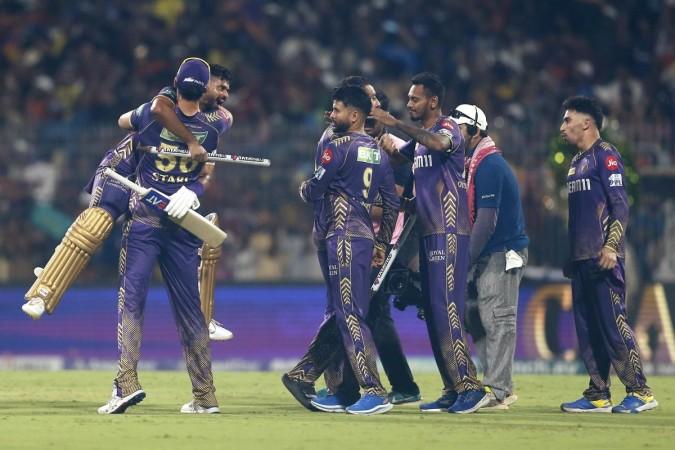
KKR’s turnaround and whether India should borrow IPL champions’ templateIn 2022, Kolkata Knight Riders finished seventh in the league table, losing eight of their 14 group league matches. A year later, it was a repeat. Yet again, KKR lost eight to finish with 12 points. Circa 2024 saw a turnaround, KKR won nine of their 14 group league games, plus the Qualifier 1 and the final to annex their third IPL title. They lost just three games in the tournament. What changed?
Putting this golden run to just team mentor Gautam Gambhir’s influence would be too simplistic. Yes, Gambhir changed the team’s mindset. The other support staff around him made significant contributions. Shreyas Iyer led superbly on the field. But KKR’s success was basically down to stability.
Opening was proving to be the team’s bugbear in the last two seasons. Both in 2022 and 2023, they used seven different openers. This time, Sunil Narine and Phil Salt opened in 12 games at a stretch before the latter left for England to play a bilateral series against Pakistan. Narine’s promotion at the top was Gambhir’s decision all right, but nobody thought that the 36-year-old Trinidadian, who has a T20 average of 15.81, would score 488 runs in 15 matches at an average of 34.85.
Salt wasn’t the team’s first choice and came in only as Jason Roy’s replacement. He hit the ground running, scoring 435 runs in 12 matches. Both Narine and Salt scored their runs at strike-rates north of 180. Their success meant that KKR didn’t have to tinker with their opening combination.
At No. 3 also, the young Angkrish Raghuvanshi’s seamless transition to big-time cricket allowed the title winners to have stability and consistency up the order. Raghuvanshi played at that slot in seven innings. Then, Venkatesh Iyer was promoted to bat at one-drop, who batted in that position in six innings. Shreyas was the team’s fixed No. 4.
Luck plays a factor in sports and KKR were in a way lucky that nobody in their batting line-up had a bad tournament. All of their bowlers contributed. Vaibhav Arora was the least successful, but he, too, went past the 10-wicket mark.
That both Narine and Andre Russell were contributing handsomely as all-rounders and it made KKR the most balanced side in the tournament. Because of the Caribbean duo, they always had an extra batsman and an extra bowler in the playing XI. Everything fell into place this year and the team revelled in a collective purple patch.
Even the use of Impact subs clicked spectacularly. Take the case of Manish Pandey, who played just one game in this IPL, coming as an Impact Sub against Mumbai Indians, when his side had slumped to 57/5. Pandey made 42 off 31 balls and added 83 runs with Venkatesh for the sixth wicket to take KKR’s total to 169. It proved to be enough.
Shreyas was right, when he said: “We played like invincibles throughout the season.”
Relentless attack was KKR’s mantra and they had in-form players to carry it out. The team’s approach was refreshing. It was ultra-modern T20 cricket.
Ideally, the Indian team should borrow this template at the T20 World Cup. But there’s a catch. International cricket is tougher than the IPL. Top teams will not have weak links in their bowling attack. More importantly, every player will have to be in good form to show such attacking intent, irrespective of situations and conditions. Virat Kohli aside, the Indian team’s T20 World Cup batting unit had an inconsistent IPL. A lot will depend on how quickly they can get their act together.





